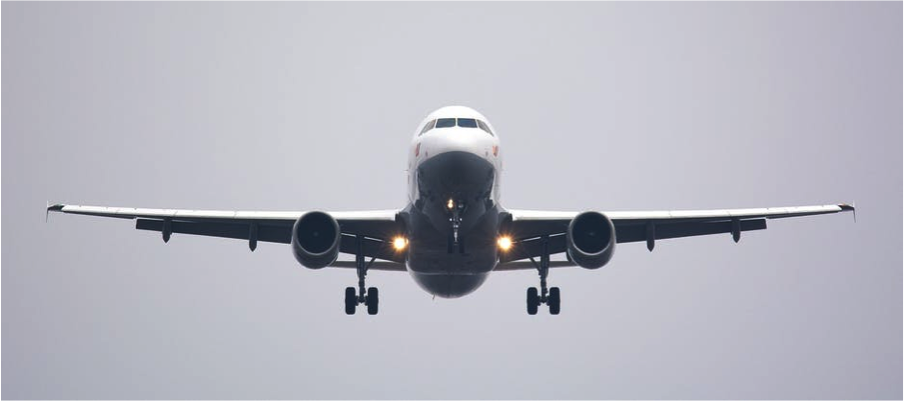Planning A Long-Haul Vacation
Planning a vacation is one thing, but going for a long-haul vacation is an entirely separate set of challenges. To be in the position to choose a destination on a far-flung side of the world is a blessed one. Deciding to go on an adventure and trek the foothills of the mountains or ski down the slopes covered in fresh, powdered snow instead of lounging on a beach an hour away is a big decision.

Before you do anything, though, you have to plan. For some, planning is hard and boring and for others, the excitement of an adventure is in the planning. Proper planning is an absolute essential when you have only a week or two to play with for your vacation. You not only have to ensure you have all the right travel documents – including any visas for the place you are going. There are so many websites that can tell you what you will need to have alongside your passport and you can check out FAQs here to see if you will need authorization to travel through Europe. You also need to look up the right insurance cover for your vacation; long haul destinations tend to need better coverage so ensure you look into that.
The absolute first thing you need to decide is what you want from your holiday. Are you looking for lush jungle treks or lounging on the white sandy beaches? Are you aiming to city hop your way around a country or scale to the summit of a mountain? Whatever your tastes, you have to check the local advice with the Foreign Office for travelling to ensure you’re covered for any visas you need and health requirements. Some places require you to have injections before you go to protect against certain diseases, and you don’t want to be turned away at the airport because you didn’t check!

Next, you need to decide if you want to create a package holiday, or if you want to book everything separately. Sometimes, it’s cheaper to book a holiday as a package but for others, it makes more sense to book flights separate from hotel. All-inclusive breaks are easier to come by if you book a full package, and if you want less hassle, a package break is an easy option. There are plenty of travel agencies that offer vacations that are quite specialist, including specific skiing holidays and mountain hikes. Wanderlust is infectious and you should think carefully about exactly what it is you want out of your holiday before you book it.
Be practical about your holiday. We’ve talked about travel documents and the possible need for vaccinations for a holiday. Being practical about timelines before you go on holiday is important, because if certain travel authorizations and visas take a little time, you need to plan ahead so that you don’t lose out on a great holiday deal. There is nothing better than planning a break away, so doing it carefully will get you memories to last a lifetime!









